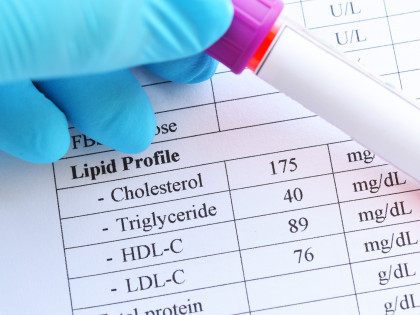What is the low FODMAP diet
FODMAPs are Fermentable Oligosaccharides, Disaccharides, Monosaccharides and Polyols which are specific types of sugars that occur naturally in many foods we eat. FODMAPs, which are digested and absorbed in our intestines. FODMAPs increase the amount of water in the small intestine. As they reach the large intestine they are fermented by the bacteria that live there. The increase in water and gas in the intestines can be felt more intensely by those with Irritable Bowel Syndrome (IBS).
A low FODMAP diet is often recommended for people with IBS as a way to initially manage uncomfortable gut related symptoms. By following a low FODMAP diet, many people with IBS will experience a reduction in symptoms associated with IBS. However, the low FODMAP diet is only intended to be undertaken under supervision of an Accredited Practising Dietitian (APD to help manage IBS symptoms.
How does the low FODMAP diet work?
The low FODMAP diet was designed as a short term protocol. It is broken into 3 phases. The first phase lasts 2-6 weeks and involves strict elimination of FODMAP containing foods, and noting whether this is associated with any reduction in the signs and symptoms associated with IBS. If reduction in symptoms occur, then the second phase of the diet begins. During this phase, foods from each category of FODMAPs are gradually reintroduced back, one at a time, while symptoms are monitored. The final, third phase of the diet, aims to reintroduce all the foods that did not cause or exacerbate IBS symptoms.
Fruits, vegetables, wholegrains, dairy foods, nuts and seeds are the foundations of a healthy dietary pattern. However, some of the foods within each of these groups are also high in FODMAPs. During each phase of the diet, it recommended that people work with an Accredited Practising Dietitian to ensure foods high in FODMAPs are replaced, with low FODMAP alternatives. The Monash University has developed a comprehensive library, categorising many common foods by the amount of FODMAPs they contain.
What are the reported benefits?
A large proportion of people with IBS who trial a low FODMAP diet find some relief from the symptoms associated with their IBS.
When the low FODMAP diet is administered as intended with support from an Accredited Practising Dietitian, most people are then able to return to eating a wide variety of foods after phase 3 and only continuing to eliminate those foods that influence their symptoms.
Many processed foods are also high in FODMAPS. Following the low FODMAP diet may help with identifying healthier, less processed alternatives.
What are the downsides?
Some people self-prescribe, and self-manage a low FODMAP diet without following it through to reintroducing foods they are subsequently able to tolerate. This may result in an overly restrictive diet, which may reduce the variety of foods a person eats, and may result in nutritional deficiencies and changes in the gut microbiome.
The low FODMAP diet doesn’t work for everyone who has IBS. About25% of people with IBS experience no change in their symptoms after following a low FODMAP diet.
Maintaining a low FODMAP diet after progressing through each of three phases of the diet may be difficult. Reasons include the ongoing need to monitor ingredients in foods, checking food options when out socialising, and the level of surveillance needed to monitor food triggers.
The bottom line:
If you experience symptoms common with IBS, it is important to speak to your GP and find out whether they are related to IBS or other causes, before committing to a low FODMAP diet. Research on the low FODMAP diet to date confirms that it can be an effective treatment option for some people to manage their IBS symptoms. However, the low FODMAP diet may not be effective for all people. To be administered correctly, individuals need to progress through all three stages of the protocol. It is recommended that people seek support from an Accredited Practising Dietitian trained in using the low FODMAP diet..













